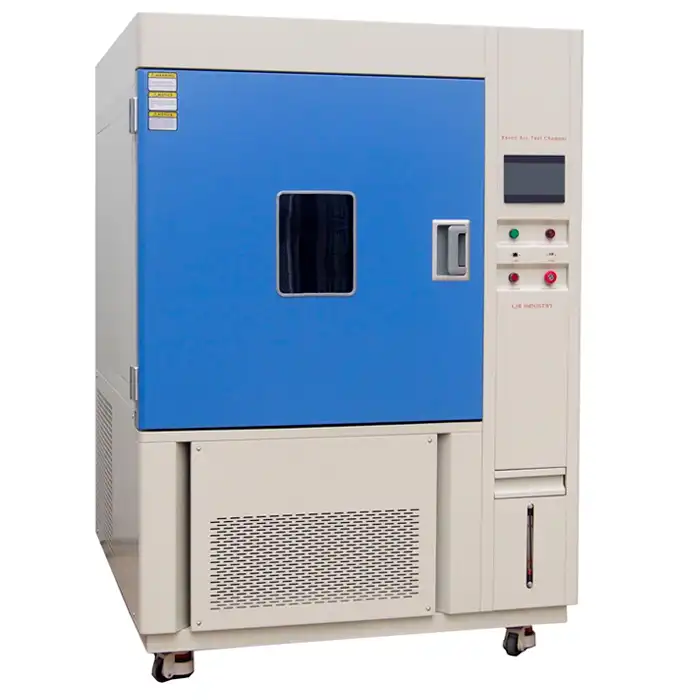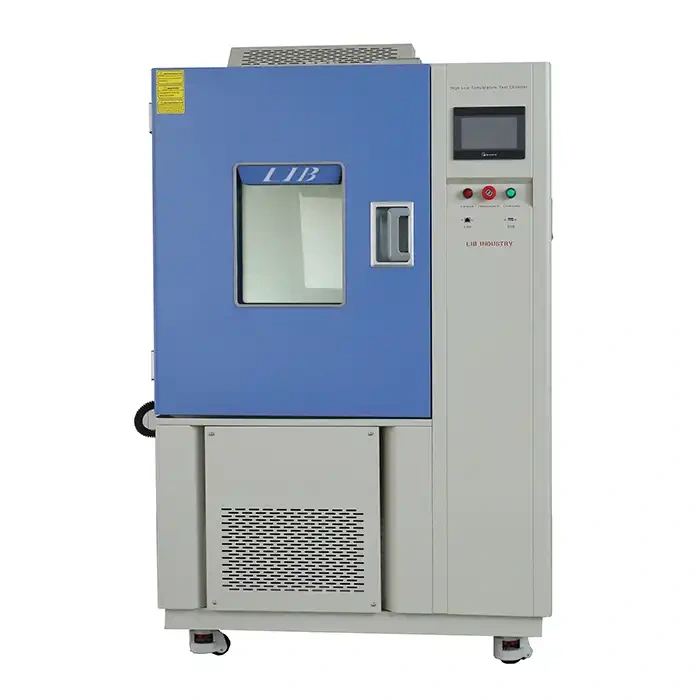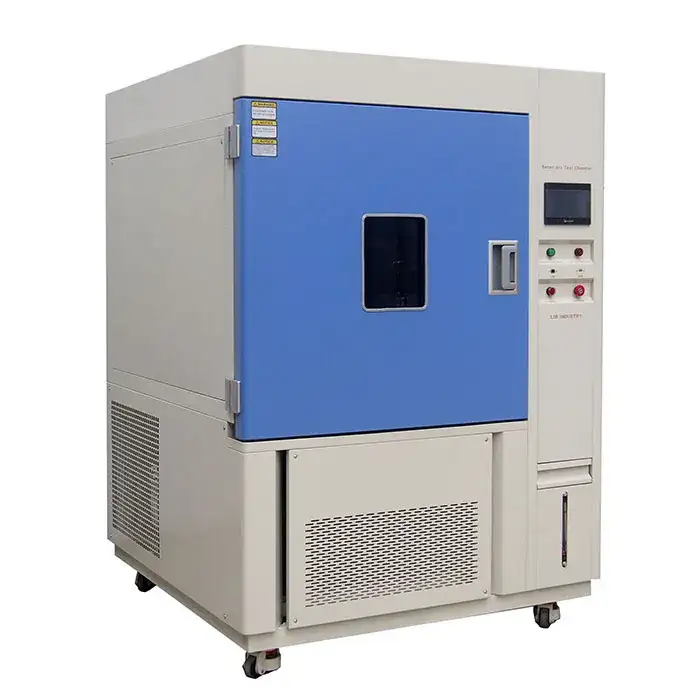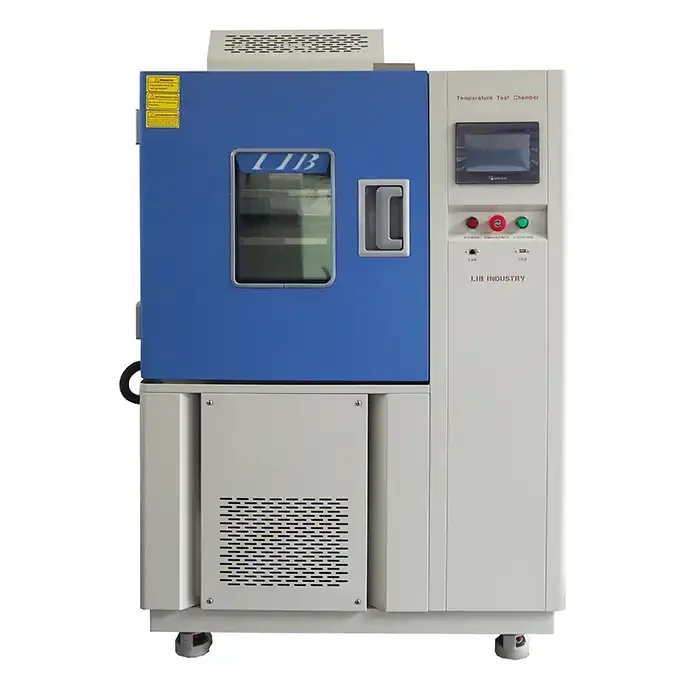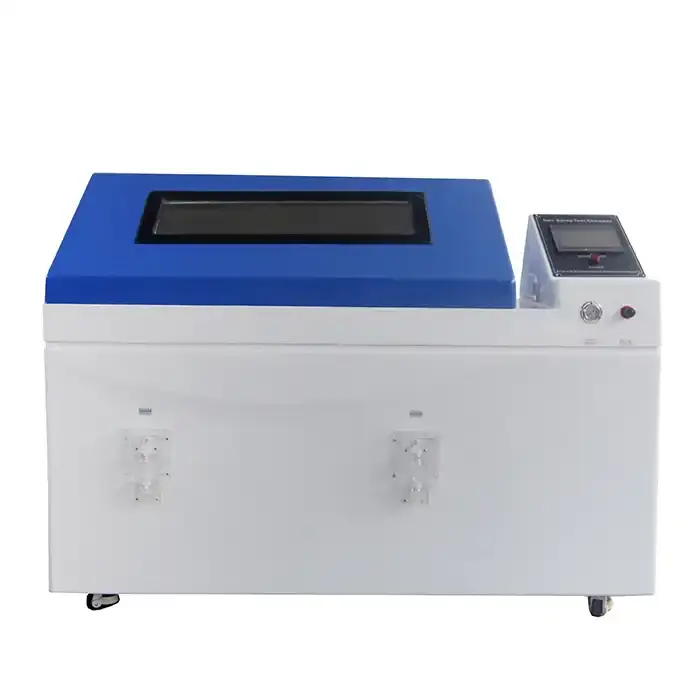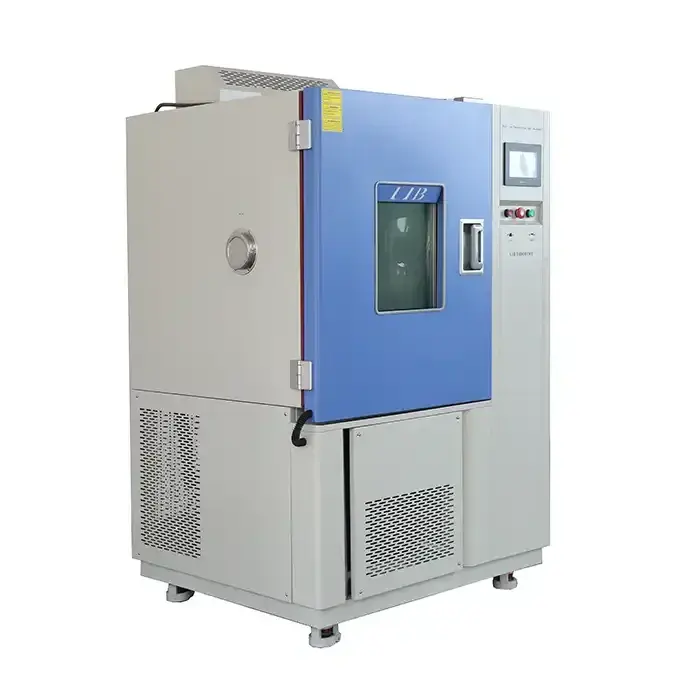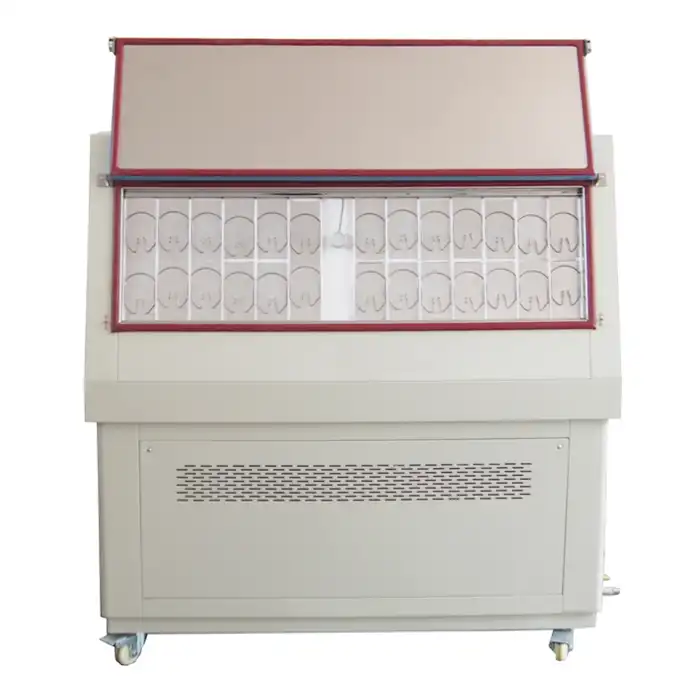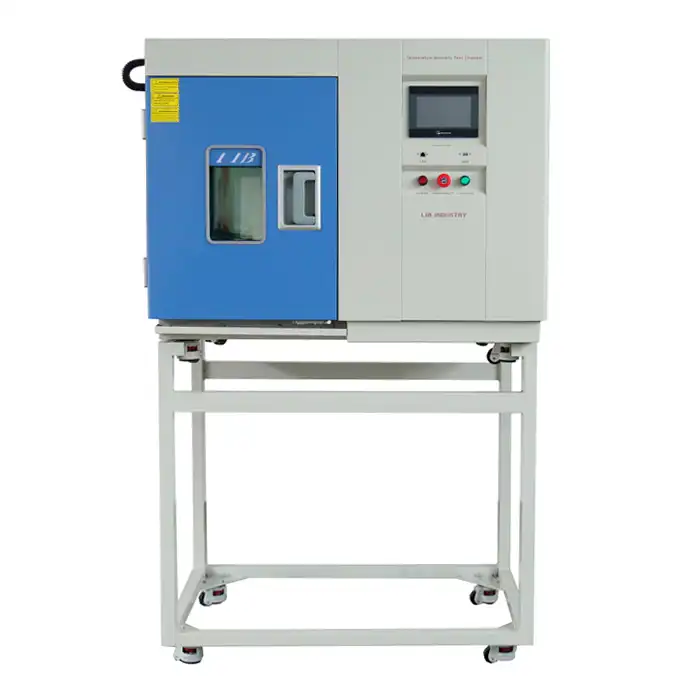UV Radiation and Humidity Testing: Key Features of PV Environmental Chambers
In the world of solar energy, photovoltaic (PV) panels are subjected to extreme environmental conditions. To ensure their durability and efficiency, rigorous testing is essential. Two critical factors that influence the performance and longevity of PV panels are ultraviolet (UV) radiation and humidity. PV environmental chambers equipped to simulate these conditions are indispensable for manufacturers, researchers, and quality control teams.

Understanding the Synergy of UV and Humidity
UV radiation and humidity are two of the most destructive forces faced by PV panels. Prolonged exposure to UV radiation can degrade the materials used in PV cells, leading to reduced efficiency and a shorter lifespan. On the other hand, high humidity levels can cause corrosion, delamination, and other moisture-related failures. When combined, these factors can accelerate degradation, making it critical to test their effects together in controlled environments.

Replicating High UV and Low Humidity Environments in the Chamber
PV panels deployed in arid or desert environments face a unique challenge: intense UV radiation coupled with low humidity. In such environments, the panels are exposed to constant solar radiation, while the lack of moisture limits natural cooling, leading to potential overheating and material degradation. To mimic these conditions in a laboratory setting, PV environmental chambers must be capable of replicating both high UV intensity and low humidity levels.

LIB UV Preconditioning Chamber
LIB Industry's PV environmental chambers achieve this through precision engineering. These chambers are equipped with UV lamps that emit radiation across the UV spectrum, closely replicating the sun's effects on PV panels. Simultaneously, the chambers maintain extremely low humidity levels, down to less than 10% RH (relative humidity). This combination allows manufacturers to test how their panels perform under the harshest sunlight, without the cooling effect of moisture. Results from these tests help predict how materials will behave in real-world, high-solar-radiation environments over time.
Quantifying UV Exposure: Calibrating and Monitoring UV Intensity within the Chamber
Accurately measuring and controlling UV exposure is a critical aspect of PV panel testing. LIB Industry's PV environmental chambers come equipped with advanced UV monitoring systems to ensure that the desired level of UV radiation is consistently maintained. These systems use high-precision sensors to measure UV intensity within the chamber, ensuring that the PV panels receive the correct dosage of radiation for each test cycle.
Calibration is a vital part of this process. LIB Industry's chambers are designed to allow for easy calibration and adjustment, ensuring consistent UV exposure during long-term tests. This feature helps manufacturers monitor the degradation of PV panels and accurately assess their resistance to prolonged UV exposure.
Humidity Control: From Condensation to Damp Heat - Meeting Diverse Testing Standards
Humidity testing is just as important as UV exposure when assessing the durability of PV panels. From damp heat testing, which simulates long-term exposure to high temperatures and humidity, to condensation testing, which replicates the effects of dew or rain, LIB Industry's PV environmental chambers provide versatile humidity control options.
The chambers can simulate a wide range of humidity conditions, from low levels (for arid environments) to high levels (for tropical or coastal conditions). This versatility allows manufacturers to meet diverse international testing standards, such as IEC 61215 and UL 1703, which require PV panels to undergo various humidity and temperature cycles.
LIB Industry's chambers are equipped with systems that can maintain precise humidity levels, whether you're testing for condensation formation or the effects of sustained high humidity. The chambers also allow for rapid transitions between different humidity levels, ensuring that panels can be tested under a variety of conditions in a single testing sequence. This flexibility is essential for meeting the rigorous demands of modern PV panel manufacturing and ensuring that products meet global performance and safety standards.
LIB PV Environmental Chamber
LIB Industry's PV environmental chambers offer a comprehensive solution for testing the effects of UV radiation and humidity on photovoltaic panels. Designed with state-of-the-art technology, these chambers ensure precise control over environmental variables, allowing manufacturers to replicate the harshest conditions that PV panels will face in the field. Key features of LIB PV environmental chambers include:
|
|
- Broad UV Spectrum Simulation: Capable of emitting UV radiation across the full spectrum, closely mimicking the natural sunlight exposure that PV panels experience.
- Advanced Humidity Control: Whether you're conducting condensation tests or long-term damp heat tests, LIB chambers provide precise humidity regulation, meeting a range of international testing standards.
- Durability and Reliability: Built with longevity in mind, these chambers are designed for heavy-duty use, ensuring they deliver consistent results over long-term testing cycles.
- Customizable Solutions: LIB Industry understands that every customer's testing requirements are unique. They offer customizable chamber sizes and configurations to meet specific testing needs.
- User-friendly Interface: The chambers come equipped with an intuitive control system, allowing for easy monitoring and adjustment of test parameters.
If you're looking to invest in high-performance environmental testing for your PV panels, LIB Industry's PV environmental chambers are your ideal partner. For more information on how LIB Industry can support your environmental testing needs, contact us at ellen@lib-industry.com.
References
1. "IEC 61215: Terrestrial Photovoltaic (PV) Modules - Design Qualification and Type Approval." International Electrotechnical Commission.
2. Hoffmann, S. "Photovoltaic Module Reliability Testing: Key Failure Modes." Renewable Energy Journal, 2023.
3. "UV Radiation and Solar Panel Efficiency: A Technical Overview." Solar Engineering Review, 2022.
4. Smith, J. "Environmental Stress Testing for PV Panels: Best Practices and Standards." Solar Energy Materials and Solar Cells, 2021.





